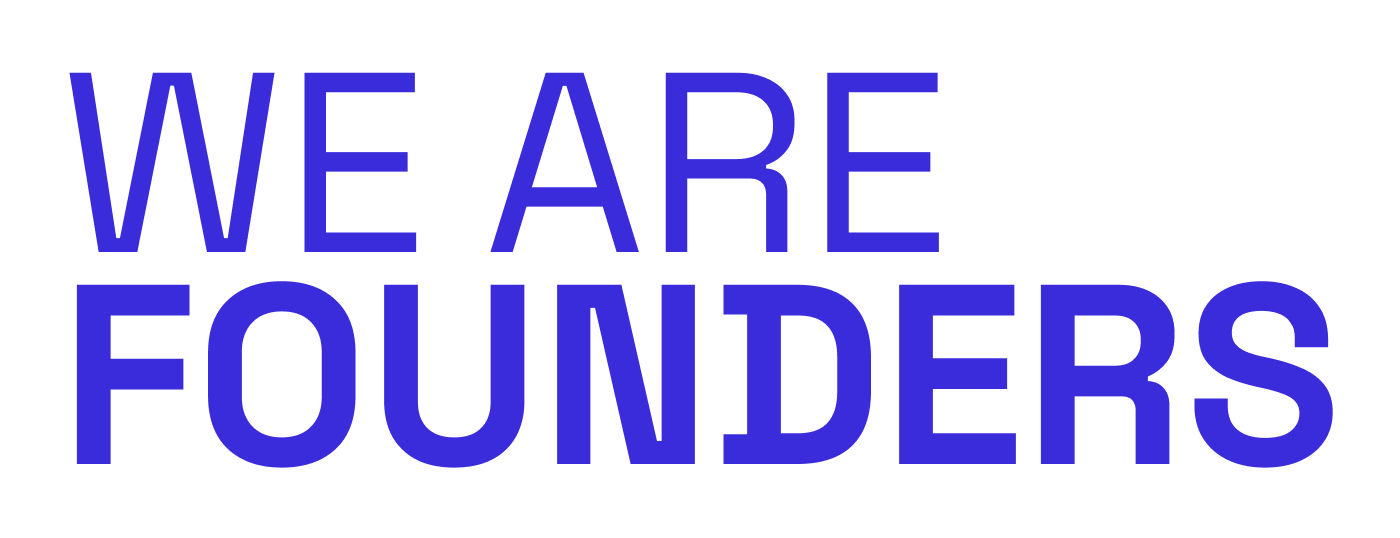Affinity, which Canva acquired in March 2024 for $380 million, announced that its professional design suite (previously a paid product) would now be completely free forever.
Not a free trial. Not freemium with painful limitations. Actually free. Forever. And yeah, Adobe probably spit out their coffee.
The Bold Move: What Actually Happened
Affinity CEO Ash Hewson announced that "the all-new Affinity is entirely free, forever, for everyone," calling it not a stunt but "a statement" and "a commitment to your creative freedom".
The new Affinity Studio combines what were previously three separate paid apps - Affinity Photo, Designer, and Publisher - into one unified platform.
This integrated photo editing, vector illustration, and page layout studio competes directly with Photoshop, Illustrator, and InDesign, which can cost users up to $70 per month through Adobe's Creative Cloud subscription.
The catch? Advanced AI features like background removal or generative editing still require a Canva Premium subscription. But the core professional-grade tools? Completely free.
Why This Isn't Financial Suicide
Here's where founders should pay close attention, because this move makes perfect business sense when you understand the underlying strategy.
The "Craft and Scale" Philosophy
Canva's cofounder Cameron Adams explains it with a simple mantra: "craft and scale." The high-end, pixel-perfect "craft" happens in Affinity Studio. The "scale"-where that craft is used to generate massive amounts of content - happens in Canva.
Translation: Affinity is the onboarding funnel into Canva's premium ecosystem. Get designers hooked on professional tools, then monetize through the broader platform where teams collaborate, scale content production, and deploy AI features.
The Numbers That Make It Work
Canva founder Cliff Obrecht revealed that the total number of designs created in Canva has now reached 40 billion - that's 433 designs per second. When you're operating at that scale, giving away professional tools to 260 million users isn't generosity - it's strategic distribution.
Here's the playbook:
- Acquire a respected professional tool ($380M investment)
- Make it free to eliminate friction
- Integrate it with your premium platform
- Convert professional users into paying ecosystem members
- Scale revenue through the platform, not the tool
Key Lessons for Founders
1. Give Away the Tool, Monetize the Workflow
The most powerful lesson here is understanding what to give away versus what to charge for. Affinity's tools are phenomenal—but the real value for most businesses isn't in having great design tools. It's in collaborative workflows, AI acceleration, content distribution, and team management.
Founder takeaway: Identify what part of your product creates individual value versus what creates network/platform/scale value. Give away the former to capture the latter.
2. Strategic Acquisitions Aren't Always About Revenue
Canva didn't buy Affinity to make money selling licenses. Affinity had 3 million professional users when Canva acquired it - that's 3 million potential premium subscribers and enterprise customers who were previously outside Canva's ecosystem.
Founder takeaway: When considering acquisitions (or being acquired), think about distribution channels and user bases, not just revenue multiples.
3. Challenge Industry Assumptions Loudly
Affinity explicitly positioned this move as addressing "complaints across the creative industry about rising software costs, frustrating subscriptions, and the fact that creatives typically must use many different apps to achieve their goals".
By making noise about being the anti-subscription alternative, Affinity (and by extension, Canva) is capturing all the Adobe-fatigued users actively looking for an exit.
Founder takeaway: If there's widespread frustration with incumbents in your market, make your alternative positioning crystal clear and don't be subtle about it.
4. Free Can Accelerate Network Effects
By removing the price barrier, Affinity instantly expanded its potential user base to all 260 million Canva users. More users means more shared templates, more custom workflows, and more community resources.
Founder takeaway: If your product benefits from network effects or community contributions, strategic free tiers can create a flywheel that justifies giving away more than you initially think possible.
The Risk: What Could Go Wrong
Let's be real—this strategy isn't without risks. If the free tier is too good, conversion rates could disappoint. Long-time Affinity users who paid for perpetual licenses might feel slighted.
And can Canva maintain the professional-grade quality that made Affinity respected among design pros?
This move represents a broader shift in how software companies think about monetization in a post-subscription-fatigue world. The traditional SaaS playbook - charge monthly for software access - is being challenged by platform models where the software is the trojan horse and the ecosystem is the business.
Questions every founder should ask:
- What could we give away to 10x our user base?
- What's the "craft" that brings users in vs. the "scale" that makes us money?
- Are we selling features when we should be selling outcomes?
- Could our competitor's weakness become our wedge?
Whether Adobe users actually switch en masse remains to be seen.
But Canva just acquired professional credibility with creative pros, eliminated a barrier for 260 million users to access advanced tools, and positioned itself as the anti-Adobe at the exact moment when creative professionals are most frustrated with subscription bloat.
That's not disruption by accident. That's disruption by design.
For founders, the lesson is clear: sometimes the boldest pricing strategy isn't charging more - it's charging nothing at all, and building your business model around what comes next.



